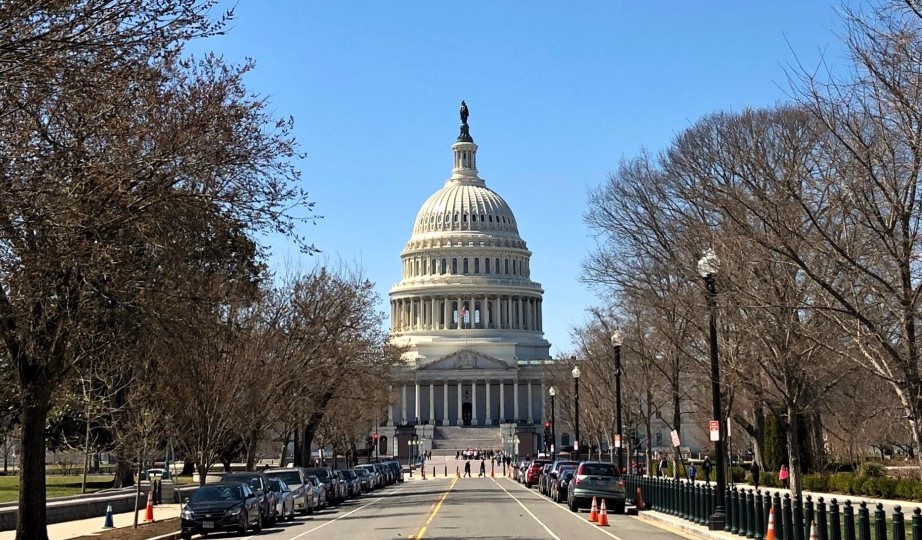
By Michael C. Loulakis and Lauren P. McLaughlin
Design professionals performing inspection services are typically shielded from liability for claims brought by parties with whom they do not have contracts. However, exceptions to the general rule exist. Contractors and subcontractors occasionally find success in suing architects or engineers for negligence if those individuals exercised a significant degree of authority and control over the contractors or subcontractors. Whether a duty of care is owed to the party being supervised is usually determined by whether the architect or engineer had the right to authorize or withhold payments, administer the contract, reject nonconforming work, and/or approve specifications and designs.
In this month’s case, Southeast Caissons LLC v. Choate Construction Co., a state appeals court addressed whether an owner’s engineer committed negligence and bad faith in the performance of its inspections of a drilling subcontractor.
The case
The disputes in this case arose from the construction of a 174,000 sq ft concrete parking deck for Wake Technical Community College (owner) in North Carolina. The deck was to be supported by cast-in-place concrete caissons installed in drilled shafts, which were to be drilled until hitting hard rock with sufficient bearing capacity. The owner engaged a contractor, Choate Construction, to construct the parking deck, and the owner also contracted with an architect and a structural engineer. The architect entered into a subcontract with Falcon Engineering for design-stage geotechnical investigation.
The owner later entered into a direct contract with Falcon, whereby Falcon was to evaluate bearing capacity, observe drilling operations, and record drilled pier dimensions, reinforcement, and rock bearing materials. Falcon was to prepare inspection reports for each drilled shaft.
Southeast Caissons submitted a bid to Choate for the installation of the shafts. Choate included in its bid proposal a payment schedule that specifically included payment for “drilling in ‘rock’ or ‘not in soil,’ which was defined as “auger refusal or when a drill advances no more than 2 inches in five minutes with full torque and crowd force of the rig being applied.” Importantly, the prime contract did not distinguish between drilling in different materials, and instead used one price for drilling to design depths.
Southeast’s bid was not the lowest, and Choate initially awarded the shaft drilling to another subcontractor. Soon after, Choate learned that the lowest bidder could not meet the project schedule. Following a meeting with Southeast, Choate sent Southeast a formal subcontract that, like the prime contract, used one set price for both drilling in soil and rock (not in soil). Southeast did not sign the subcontract and the parties’ negotiations over the next several months were unsuccessful. Southeast ultimately performed its work without a written subcontract.
Before the subcontract negotiations broke down, there was a predrilling meeting with representatives of the owner, Choate, Southeast, Falcon, the architect, and the structural engineer. Among other things, the parties discussed the process for determining when the shafts reached competent bearing material.
It was agreed the shafts were to be drilled until Southeast hit hard rock, at which point Falcon would inspect the bottom of the drilled shaft to confirm the shaft was on hard rock that was suitable bearing material. During that meeting, Southeast asked when it would be paid a higher rock unit rate, as opposed to a soil unit rate. Southeast was told that only under limited circumstances would further drilling be necessary or required once the drill reached rock.
During the course of the work, Southeast was required to drill into rock and submitted a claim for those additional costs. The claim was unresolved, and Southeast filed suit against Choate and Falcon. As to Falcon, Southeast alleged that the firm was negligent and acted in bad faith, as Falcon “‘discontinue(d) the measurement of auger refusal on its field drilled shaft reports’ thereby ‘arbitrarily and capriciously denying (its) rock pay.’”
Falcon submitted a motion for summary judgment, arguing that its contract with the owner did not require it to record auger refusal in its inspection reports. Falcon acknowledged it had noted auger refusal on a few inspection reports but discontinued the practice because Falcon's inspectors determined Southeast was not actually demonstrating true auger refusal. Additionally, Falcon argued that its contract did not confer upon it a duty to record or observe an entitlement to rock pay based on auger refusal. The court agreed with Falcon and dismissed Falcon from the case.
As to the dispute between South-east and Choate, the case went to jury. The jury found that no contract existed between Southeast and Choate and that Southeast’s claims should be dismissed. Southeast appealed to the North Carolina Court of Appeals.
The appeal
The issue before the appeals court relative to Falcon was whether the lower court erred by granting Falcon’s motion for summary judgment. Southeast argued that it had demonstrated genuine issues of material fact on its claims against Falcon for negligence and bad faith and that it was entitled to have the jury hear those facts. The appeals court rejected Southeast’s arguments.
As to the negligence claim, the court first noted that Falcon and Southeast did not have a contractual relationship. Under North Carolina law, parties were historically required to be in privity of contract to sue for damages such as those raised by Southeast. However, more recent North Carolina case law evaluated this issue on construction projects and found that liability could be imposed on an architect or supervising engineer working on a construction project in the performance of its work for the owner in the absence of privity.
The appeals court noted that this case law was based on the fact that “the function of the architects encompassed considerably more supervisory control, including the right to authorize or withhold payments, administer the contract, reject nonconforming work, and approve specifications and designs.” Therefore, while privity of contract is not necessarily required for a contractor or subcontractor to maintain a negligence action, “the imposition of such negligence liability must still be limited to those cases where the architect or engineer exercised a significant degree of authority and control over the contractor and subcontractor.”
In this case, the appeals court concluded that Southeast failed to show Falcon exercised enough control or authority over Southeast’s work to overcome the privity requirement. Falcon’s role was to supervise the drilling and excavating for the caissons and determine whether adequate end bearing material had been met. Falcon did not design the plans and specifications for the project and did not have the authority to release, revoke, alter, or increase the requirements of the contract, control the contractor’s means or methods, or stop work for the project. Furthermore, Falcon did not have authority to authorize or withhold payments. The project’s architect had this broad supervisory control.
As to the bad faith claim, South-east argued that Falcon provided disputed facts as to whether it gave a “‘professional and unbiased, objective record of the work that was done on the job.’” Again, the appeals court rejected this. It observed that Southeast’s argument assumed that Falcon had the contractual duty to be the final arbitrator of whether Southeast had reached auger refusal and make corresponding notations in its inspection reports.
The court found that Falcon’s agreement with the owner did not place these duties on Falcon. Moreover, Falcon explained that although it had notated auger refusal during the beginning stages of the construction, Falcon ultimately determined that Southeast was not demonstrating true auger refusal and discontinued the use of this notation. Given this, the court found that the trial court did not err in determining Southeast’s claim for bad faith failed as a matter of law and granting summary judgment.
The analysis
Southeast waged an expensive battle on two fronts against two parties with whom it had no written contracts. As to its claims against Falcon, it was critical for Southeast to fit within the exceptions to North Carolina’s view of how noncontractual parties can be liable to others for economic losses. It failed to do so, given the very narrow work that Falcon was charged with doing. Readers should remember that this result could have been very different in other states, such as California, which have a more expansive view of the economic loss doctrine.
While we did not discuss the court’s findings of Southeast’s claims against the general contractor, Choate, we note that there was a five-week jury trial that resulted in exoneration for Choate. A central issue for the jury, trial court, and the appeals court was how to determine what the “real” contract was between the parties, given that there was nothing agreed upon in writing. The jury found for Choate, and that is very hard to overturn. While Choate won this battle, it could just as easily have lost, depending on how the jury viewed the facts.
Needless to say, working without an executed contract puts great risk on both parties.
Michael C. Loulakis (mloulakis@cp-strategies.com) is the president and CEO of Capital Project Strategies LLC in Reston, Virginia. Lauren P. McLaughlin ([email protected]) is a partner of Smith, Currie & Hancock LLP in Tysons, Virginia.
This article first appeared in the November/December 2022 issue of Civil Engineering as “Geotechnical Subcontractor Unable To Prove Negligence Against Inspecting Engineer.”




